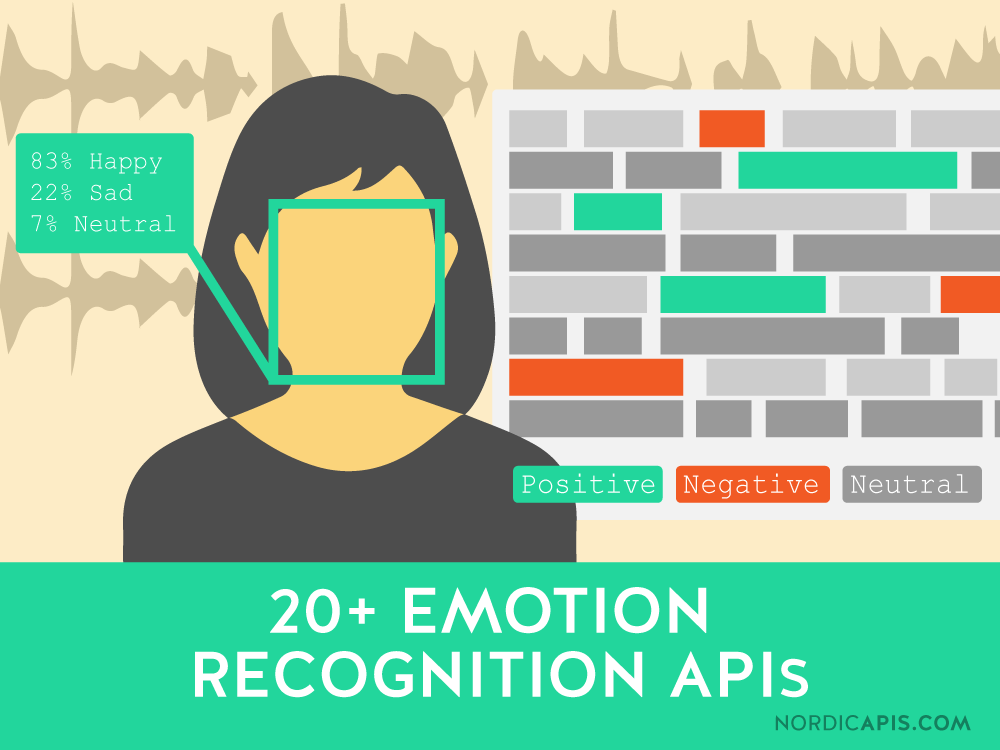Voice Detection Software

For the human linguistic concept, see. Speech recognition is the sub-field of that develops methodologies and technologies that enables the recognition and of spoken language into text by computers. It is also known as 'automatic speech recognition' (ASR), 'computer speech recognition', or just 'speech to text' (STT). It incorporates knowledge and research in the,, and fields. Some speech recognition systems require 'training' (also called 'enrollment') where an individual speaker reads text or isolated into the system.

The system analyzes the person's specific voice and uses it to fine-tune the recognition of that person's speech, resulting in increased accuracy. Systems that do not use training are called 'speaker independent' systems.
Systems that use training are called 'speaker dependent'. Speech recognition applications include such as voice dialing (e.g. 'Call home'), call routing (e.g. 'I would like to make a collect call'), appliance control, search (e.g. Find a podcast where particular words were spoken), simple data entry (e.g., entering a credit card number), preparation of structured documents (e.g.
A radiology report), speech-to-text processing (e.g., or ), and (usually termed ). The term voice recognition or refers to identifying the speaker, rather than what they are saying. Can simplify the task of translating speech in systems that have been trained on a specific person's voice or it can be used to authenticate or verify the identity of a speaker as part of a security process. From the technology perspective, speech recognition has a long history with several waves of major innovations. Most recently, the field has benefited from advances in and. The advances are evidenced not only by the surge of academic papers published in the field, but more importantly by the worldwide industry adoption of a variety of deep learning methods in designing and deploying speech recognition systems. These speech industry players include,,,,,,,, many of which have publicized the core technology in their speech recognition systems as being based on deep learning.
Contents • • • • • • • • • • • • • • • • • • • • • • • • • • • • • • • • • • History [ ] Early work [ ] In 1952 three Bell Labs researchers built a system for single-speaker digit recognition. Their system worked by locating the in the power spectrum of each utterance. The 1950s era technology was limited to single-speaker systems with vocabularies of around ten words. Developed the and published it in 1960, which proved to be a useful model of speech production. Unfortunately, funding at Bell Labs dried up for several years when, in 1969, the influential wrote an open letter that was critical of speech recognition research. Malayalam Poetry. Pierce defunded speech recognition research at Bell Labs where no research on speech recognition was done until Pierce retired and took over. Was the first person to take on continuous speech recognition as a graduate student at in the late 1960s.